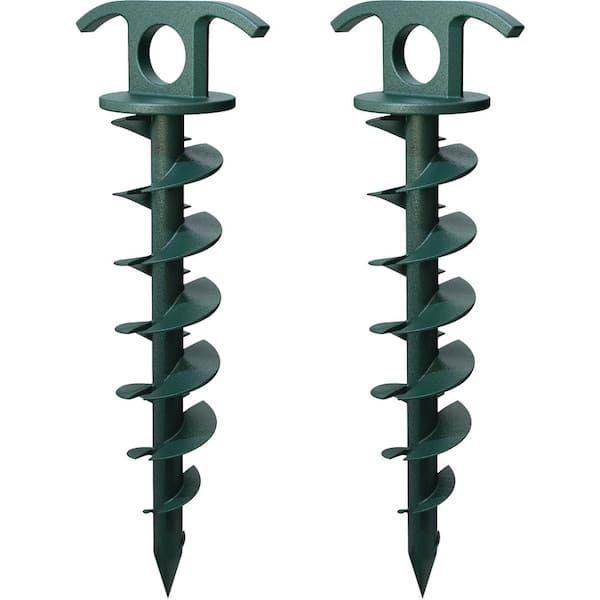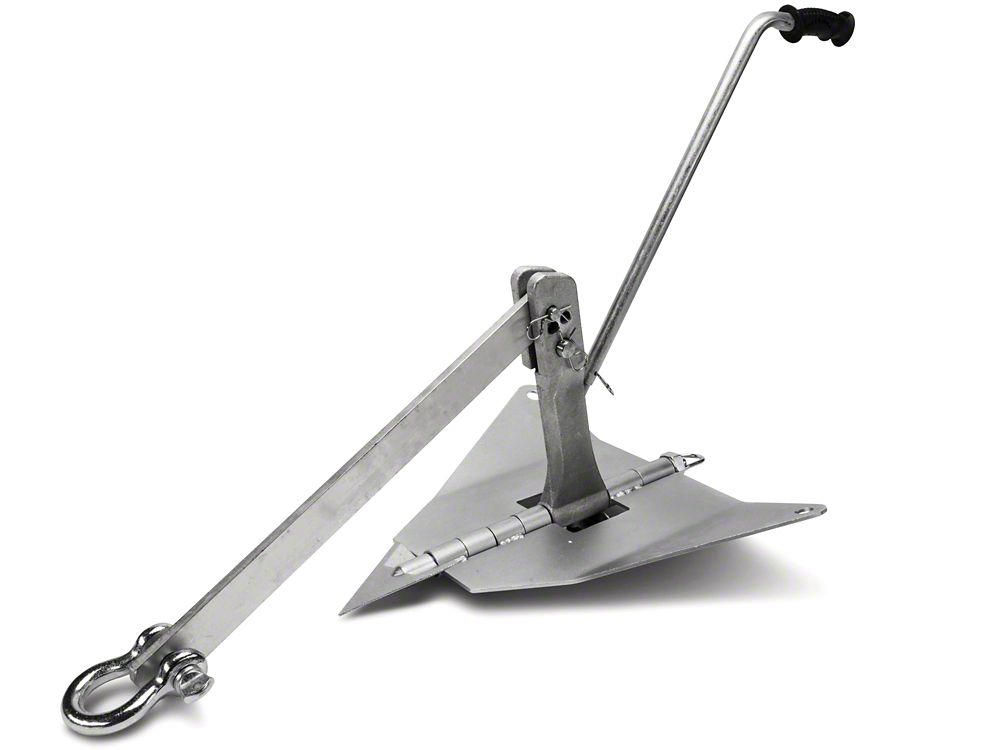Explore the Different Sorts Of Ground Anchor for Your Following Task
When starting a building or landscape design project, understanding the numerous sorts of ground anchors readily available is vital to making certain both stability and sturdiness (Ground Anchor). From auger anchors, which master diverse dirt problems, to risk supports designed for short-lived installments, the options are various. Additionally, concrete and screw supports present distinct advantages in particular scenarios, while deadman supports are customized for applications requiring resistance to lateral pressures. The choice of a suitable anchor type can significantly influence the general success of your task, triggering additional expedition into their corresponding benefits and applications.

Auger Anchors
Auger supports are a prominent option in various building and construction and landscape design jobs as a result of their unique style and reliable securing capabilities. These anchors are composed of a helical screw-like shaft that is driven right into the ground, allowing for a safe and secure hold. The spiral style promotes easy installation and makes the most of resistance versus lateral pressures, making auger anchors particularly reliable in applications such as fencing, short-lived structures, and erosion control.
The installation procedure of auger anchors is fairly straightforward. They can be manually or mechanically mounted, depending on the size and required deepness. This adaptability permits their usage in diverse soil conditions, from sandy to clayey terrains. Auger supports can be quickly gotten rid of and reused, which adds to their cost-effectiveness and sustainability.
One of the considerable benefits of auger anchors is their capacity to distribute lots evenly throughout the bordering soil, reducing the risk of dirt disruption and reducing ecological influence. In addition, they are much less susceptible to loosening or heaving in time contrasted to traditional anchoring methods. Subsequently, auger supports are a superb option for jobs needing long lasting and reputable anchoring remedies.

Risk Anchors
When it pertains to protecting structures in a selection of outdoor applications, stake supports use a uncomplicated and dependable solution. These anchors are generally constructed from durable materials such as steel or light weight aluminum, created to hold up against environmental anxieties while providing ideal security. Their straightforward design enables for quick installment, making them a suitable option for long-term or short-term anchoring needs.
Risk anchors are specifically useful in protecting tents, canopies, and other lightweight structures against wind and weather condition. They work by being driven right into the ground at an angle, developing a strong hold that withstands pull-out pressures - Ground Anchor. The effectiveness of stake supports depends upon numerous factors, including soil kind, wetness web content, and the angle of installation
For added safety, several stake supports include add-on factors for straps or ropes, enabling for stress changes as necessary. In applications such as landscape design or building and construction, they can properly maintain equipment or structures on irregular surface. In general, stake supports provide a cost-efficient and functional solution for securing different exterior installments, making them a recommended choice for specialists and do it yourself lovers alike.
Concrete Anchors
Concrete anchors supply a durable remedy for safeguarding structures to concrete surfaces, ensuring security and safety and More Bonuses security in various applications. These supports are important for jobs varying from property building and constructions to large commercial installments. They are available in different kinds, including development supports, sticky anchors, and undercut supports, each created for certain tons requirements and environmental problems.
When set up,Growth anchors count on mechanical devices to hold the concrete. They are excellent for tool to durable applications. Glue anchors use high-strength epoxy or material to bond the support to the concrete, supplying superior load-bearing capabilities, specifically in broken concrete situations. Undercut supports develop an one-of-a-kind form within the concrete, offering exceptional holding power, particularly in applications where tensile tons are widespread.
When executed correctly, concrete supports significantly boost the structural honesty of different tasks, making them important in modern-day construction practices. Understanding the certain needs of your project will assist in choosing the best kind of concrete support for the job.
Screw Anchors

Screw supports are a flexible attaching remedy that can be efficiently utilized in a range of applications where traditional concrete anchors may not be sufficient. These anchors are composed of a helical style that allows them to be quickly driven into the ground, making them suitable for usage in soil and various other substrates. Their distinct framework supplies superb holding power and resistance to pull-out pressures, making them appropriate for countless tasks, from landscaping to structural assistance.
Among the main advantages of screw supports is their simplicity of installment. They call for minimal equipment and can often be set up without the need for excavation, which conserves both time and labor costs. Additionally, screw anchors can be gotten rid of and recycled, supplying a sustainable remedy for short-lived applications.
Screw anchors are particularly valuable in locations where dirt conditions are challenging, such as loosened or sandy dirts. Their capability to be mounted at differing depths permits for modification based on details job needs. Generally, screw supports provide a effective and trustworthy anchoring technique, making them a superb choice for designers and contractors seeking effective services for their jobs.
Deadman Anchors
Deadman supports work as a durable solution for stabilizing structures in challenging conditions, particularly where conventional securing techniques might fail. These supports contain large, hefty objects hidden underground, which develop resistance against lateral forces. The style commonly includes a horizontal element, such as a block of concrete or a metal plate, buried in the dirt, to which cords or straps are connected.
The efficiency of deadman anchors lies in their ability to disperse tons over a larger area, lowering the risk of failure in unstable soil conditions. They are particularly useful in applications such as keeping wall our website surfaces, momentary structures, and incline stabilization, where dirt motion can compromise the stability of the framework.
Setup of deadman supports calls for cautious preparation to guarantee they are put at the right depth and orientation, optimizing their load-bearing capability. While they might call for even more labor and material than light-weight supports, their reliability in negative problems makes them indispensable for lasting projects. Deadman supports are functional and can be adapted to various applications, making them a go-to selection for engineers facing special challenges in their jobs.
Verdict
In recap, picking the suitable sort of ground support is essential for ensuring stability and safety in different jobs. Auger supports master diverse soil conditions, while risk anchors match short-term applications. For concrete surfaces, expansion and adhesive supports give trusted alternatives, and screw supports use adaptability in difficult surfaces. Deadman supports are specifically effective in withstanding side pressures for preserving wall surfaces. Careful factor to consider of these choices will certainly boost project results and structural honesty.
Additionally, concrete and screw supports existing one-of-a-kind advantages in particular scenarios, while deadman supports are tailored for applications needing resistance to lateral pressures - Ground Anchor.Auger supports are a prominent selection in different building and construction use this link and landscaping jobs due to their distinct layout and reliable securing capacities. They come in different types, including growth anchors, adhesive supports, and undercut supports, each developed for particular load requirements and ecological problems
Sticky anchors utilize high-strength epoxy or resin to bond the support to the concrete, using premium load-bearing capabilities, specifically in broken concrete situations. Overall, screw anchors offer a effective and dependable anchoring approach, making them an excellent option for engineers and specialists looking for reliable options for their jobs.